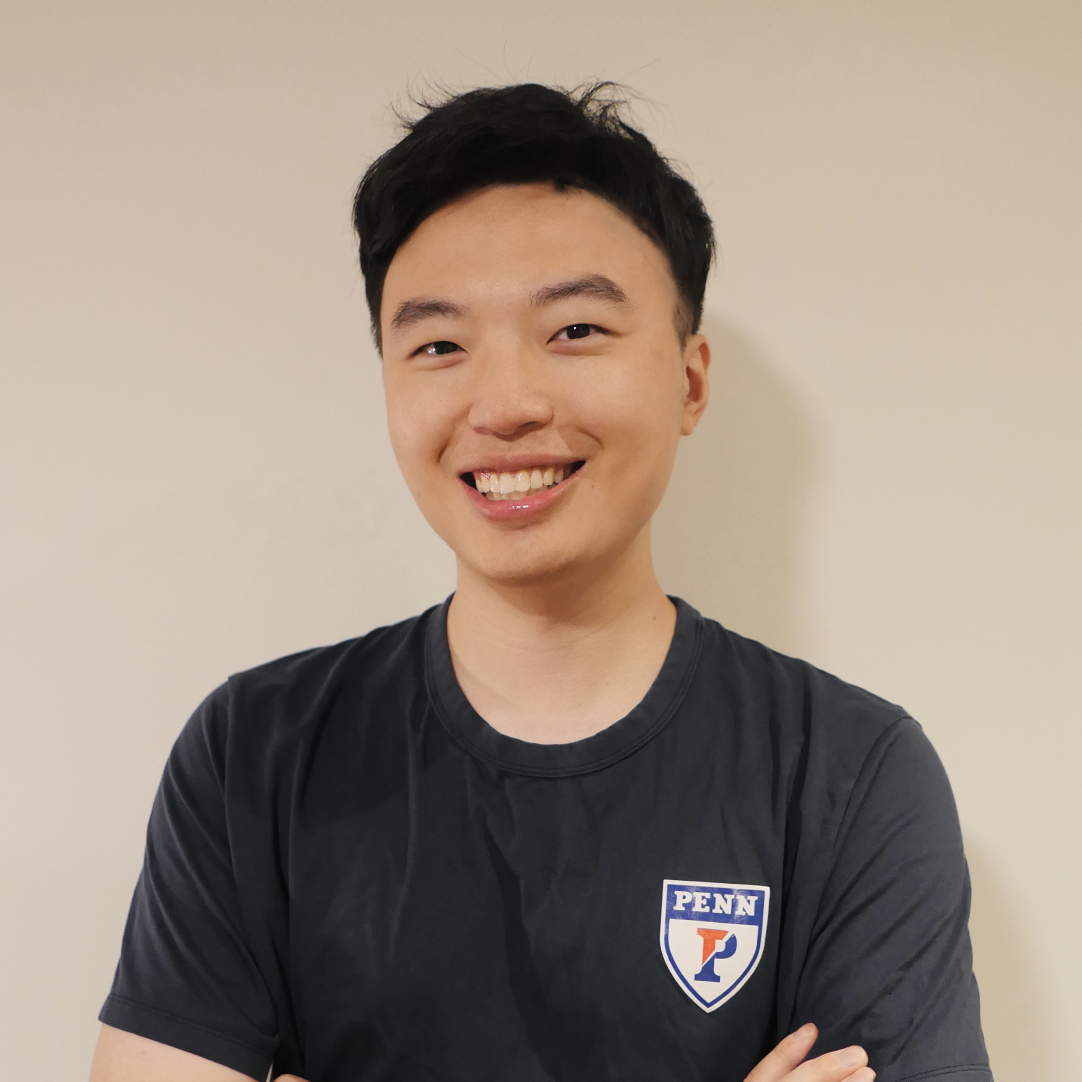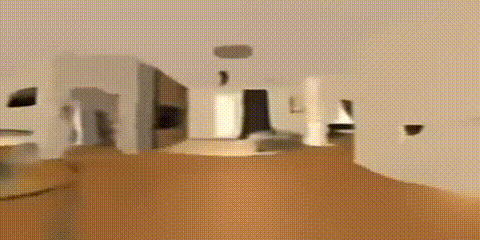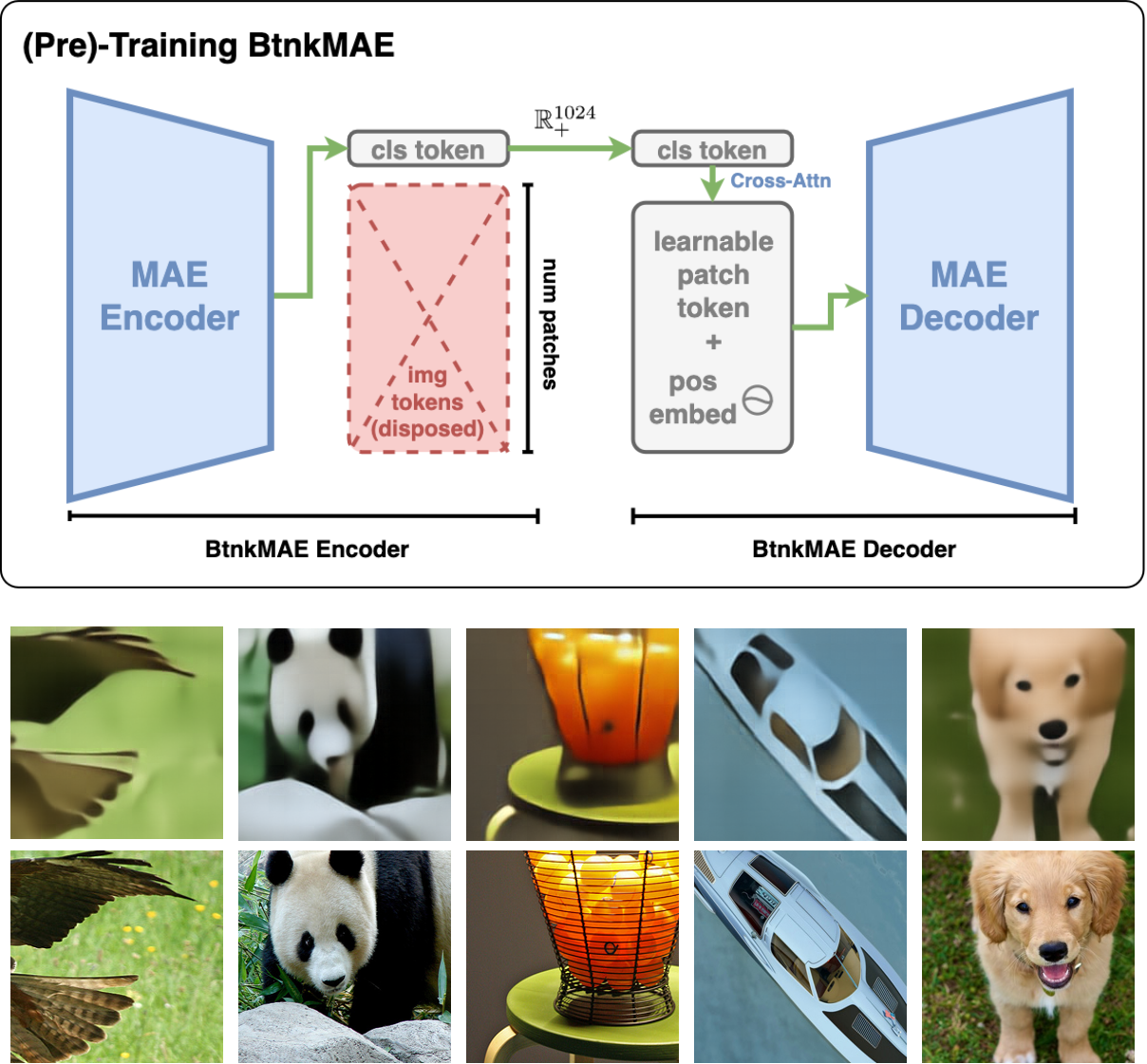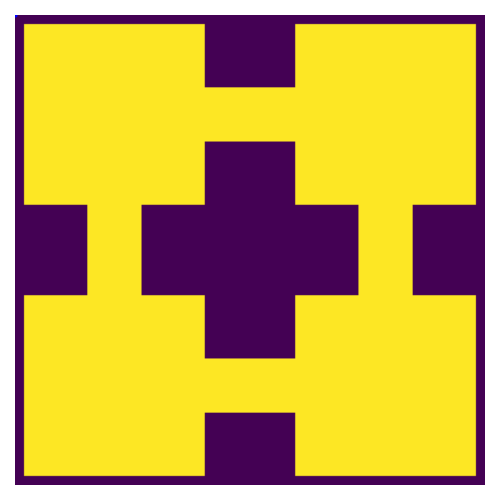|
Zhaoze Wang
I'm a PhD student at the GRASP (General Robotics, Automation, Sensing & Perception)
Lab and the Computational Neuroscience Initiative (CNI) at the University of Pennsylvania.
Email / Google Scholar / GitHub / LinkedIn / X |

|
Research Interests
My research explores how artificial and natural neural networks integrate multiple sensory modalities to form predictive models of the world's dynamics, supporting decision-making and adaptive behavior in both animals and robots.
|
Publications |
|

|
REMI: Reconstructing Episodic Memory During Internally Driven Path Planning
NeurIPS, 2025 Zhaoze Wang, Genela Morris†, Dori Derdikman†, Pratik Chaudhari†, Vijay Balasubramanian† Paper / Project Page / Simulation Suite / Vision Encoder We propose REMI, a unified, system-level theory of the hippocampus-medial entorhinal cortex (MEC) loop. The model explains how interactions between known spatial representation cell types could support cue-triggered goal retrieval, path planning, and reconstruction of sensory experiences along planned routes. We introduce a neuroscience-inspired framework that unifies goal-directed memory retrieval and model-based planning in a compact single-layer RNN (<3K units) coupled with a modified vision foundation model (BtnkMAE). Trained on random exploration in Habitat-Sim, the framework can internally plan trajectories and reconstruct expected views along imagined routes. |

|
Time Makes Space: Emergence of Place Fields in Networks Encoding Temporally Continuous Sensory Experiences
NeurIPS, 2024 Zhaoze Wang†, Ronald W. Di Tullio†, Spencer Rooke, Vijay Balasubramanian Paper / Code / Video / Project Page We model hippocampal CA3 as an autoencoder trained to recall temporally continuous sensory experiences during spatial traversal, where place cell like activity emerges in the hidden layer. The model reproduces key CA3 properties, including remapping, orthogonal representations, and stability during continual learning. See also Trading Place for Space. We present a computational model of place cells (SLAM in the brain). An RNN trained to autoencode sensory signals from random traversal develops spatially localized representations in its hidden layer that reorganize across environments and recover with relearning, forming a scaffold for continual and multimodal sensory integration. See also Trading Place for Space. |

|
Trading Place for Space: Increasing Location Resolution Reduces Contextual Capacity in Hippocampal Codes
NeurIPS 🏆 Oral Presentation, 2024 Spencer Rooke, Zhaoze Wang, Ronald W. Di Tullio, Vijay Balasubramanian Paper / Video We showed that increasing the resolution of spatial encoding reduces the number of distinct contexts that can be stored by place cells, revealing a trade-off between position accuracy and contextual capacity. We derived theoretical bounds on this trade-off using manifold geometry and neural noise models. See also Time Makes Space. We present a geometric model of hippocampal place coding that describes how a self-localizing system balances spatial precision and contextual capacity. Modeling population activity as high-dimensional manifolds, we show that separable contexts scale exponentially with network size but trade off with spatial resolution. See also Time Makes Space. |

|
Digital pathology assessment of kidney glomerular filtration barrier
ultrastructure in an animal model of podocytopathy
Aksel Laudon, Zhaoze Wang, Anqi Zou, Richa Sharma, Jiayi Ji, Winston Tan, Connor Kim, Yingzhe Qian, Qin Ye, Hui Chen, Joel M. Henderson, Chao Zhang, Vijaya B. Kolachalama, Weining Lu Biology Methods and Protocols, Vol. 10, Issue 1, 2024 Publisher's Page / pubMed We developed a segmentation and measurement pipeline for Transmission Electron Microscopy (TEM) images using U-Net to automate the diagnosis of proteinuria-related kidney disease. |
Opensource |
|

|
NN4N: Neural Networks for Neurosimulation
Documentation / Source Code A PyTorch library for building complex RNNs (CTRNN, GRU, etc.) with controllable sparsity and positivity in their connections. It uses custom initialization and backpropagation hooks to automatically handle these constraints, making it easier to build biologically-realistic and efficient recurrent models. |

|
BtnkMAE: \(\text{Image} \to \mathbb{R}^{1024} \to \hat{\text{Image}}\)
Source Code A modified Masked Autoencoder (MAE) that encodes each image into a single 1024-dimensional feature vector and reconstructs it back. Designed as a general vision foundation model for compact and interpretable representations. |

|
RatatouGym: OpenAI Gym-Style Simulation Suite for Spatial Cognition
Documentation / Source Code An OpenAI Gym-style simulation suite for simulating spatial navigation and neural responses (grid, place, and sensory cells). It provides an integrated interface to define environments, sensory tunings, and movement behaviors to study spatial coding and train world models of spatial cognition. |
Miscellanea |
|
Academic Service
|
Reviewer, NeurIPS 2025 |
|
Teaching
|
Teaching Assistant, ESE 5460: Principles of Deep Learning, Fall 2025 (Incoming) Teaching Assistant, PHYS 5585: Comp. and Theoretical Neurosci., Spring 2026 |
|
Design and code of this website is adapted from Jon Barron's website. |


